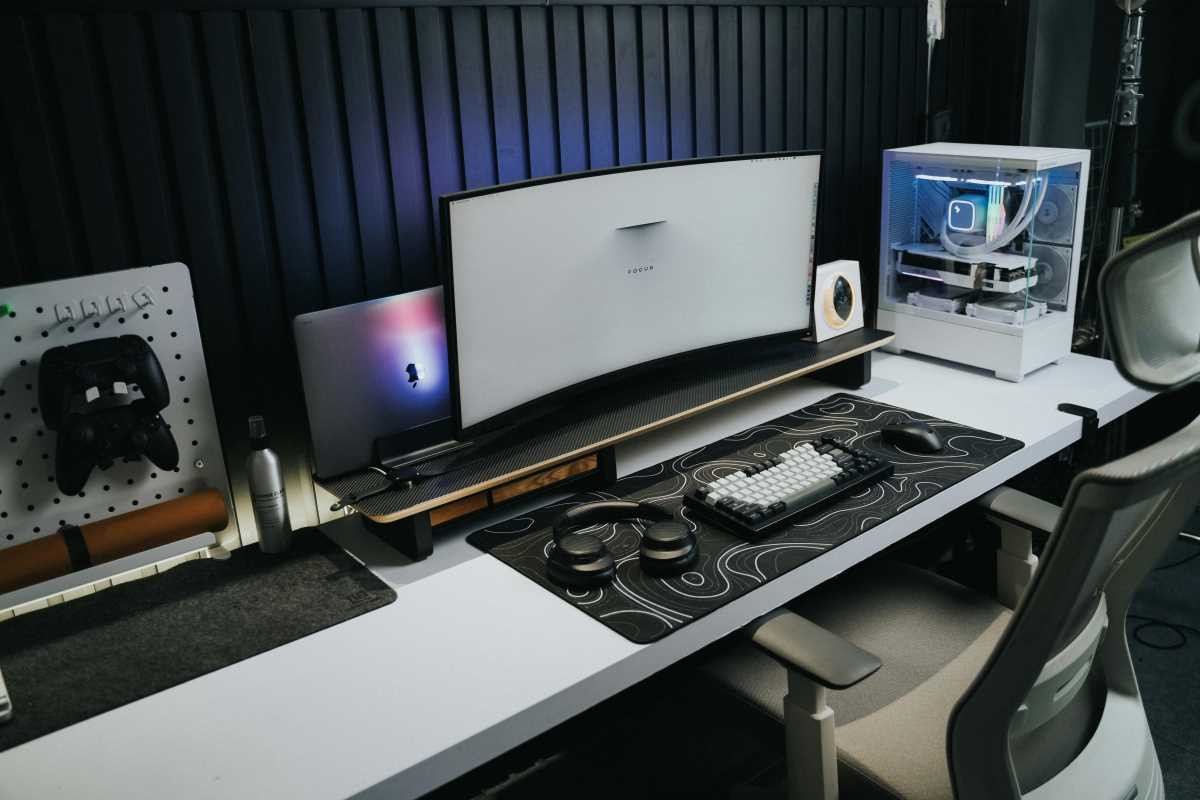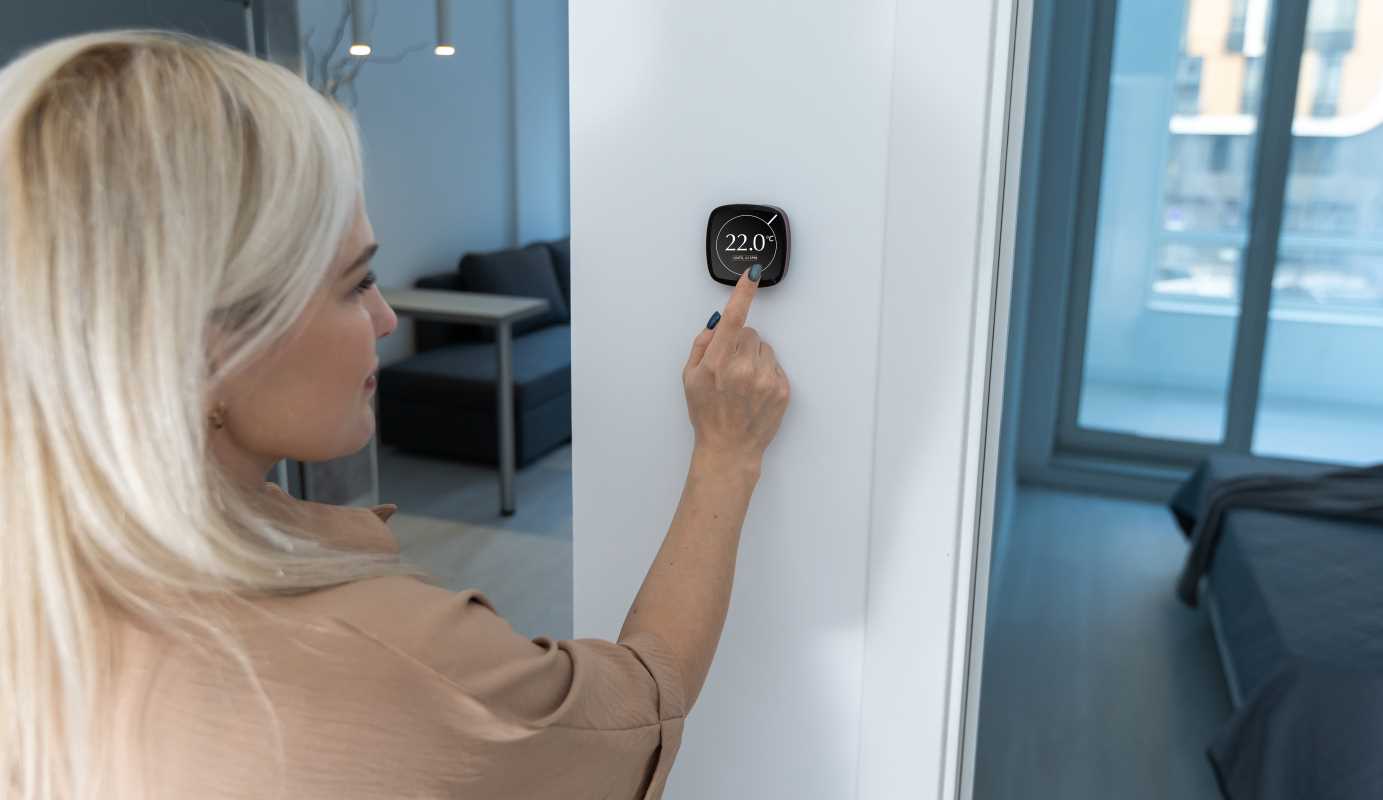Long journeys across multiple time zones can leave even experienced travelers feeling depleted. Flights that stretch for hours and constant changes to your internal clock often sap energy and focus. With careful preparation before departure and some practical routines during the trip, you can maintain a steady level of alertness and comfort. Adapting quickly to new environments, taking short breaks, and making healthy choices along the way will help you arrive refreshed and ready to enjoy your destination or tackle your responsibilities. Small adjustments throughout your journey can make travel feel less taxing and far more rewarding.
Focusing on real-world hurdles, this guide offers clear steps to maintain alertness, stay sharp in meetings, and recover fast once you touch down. Each approach aims for easy adoption between back-to-back calls and evening networking events.
Pre-Trip Planning and Preparation
Outline your trip goals and plan your schedules well before departure. Create a checklist of tasks to prevent last-minute scrambles that sap your energy reserve. This structured approach reduces stress and frees mental bandwidth for travel challenges.
Set reminders for key actions—visa renewals, vaccination updates, currency exchange—and include buffer days for adjustments. A smooth start sets the stage for a steady energy flow throughout your itinerary.
- Final passport check and visa requirements
- Health kit with travel-size essentials
- Pre-download maps and important documents
Optimizing Sleep and Rest
Quality rest begins before you board the plane. Gradually shift your bedtime to match your destination’s time zone two to three days before departure. This simple shift reduces jet-lag impact and keeps your internal clock aligned.
Carry a compact sleep kit: noise-canceling earbuds, a soft eye mask, and a supportive neck pillow. These tools create a familiar environment on unfamiliar flights.
Nutritional Strategies on the Go
Healthy meals fuel clear thinking and sustained stamina. Pack protein-rich snacks like roasted chickpeas or nut bars to avoid sugary temptations in airport shops. Balanced snacks stabilize blood sugar and ward off energy crashes.
Hydration remains critical. Carry a reusable water bottle and set hourly drinking targets. Dehydration magnifies fatigue and impairs decision-making, so refill at each gate and aim for consistent intake.
Effective In-Flight and Transit Habits
Maintaining circulation helps wake your body during long hauls. Stand, stretch, and walk the aisle every hour. This routine counters stiffness and supports alertness when you land.
- Flex feet and rotate ankles while seated
- Perform gentle shoulder rolls and neck stretches
- Set a timer on your device as a movement reminder
Maintaining Physical Activity
On-the-ground workouts reboot your system after any flight. A brisk 20-minute walk around the block jumpstarts circulation and provides fresh air. Urban routes reveal local scenes and keep your mind engaged.
If your hotel offers a fitness room, focus on high-intensity intervals that take less time but boost heart rate and endorphins. Even quick workout routines lift energy levels more effectively than caffeine.
Mindfulness and Stress Management
Travel days bring unpredictable hiccups—from delayed flights to traffic jams. Focus by practicing two-minute breathing sessions in waiting areas. Slow inhales and controlled exhales lower cortisol and sharpen concentration.
Use simple visualization techniques before critical meetings or presentations. Picture a calm setting, feel composure, and project confidence. This mental rehearsal reduces anxiety and preserves mental energy.
Start practicing these habits before your next trip to maintain consistent energy. They turn travel challenges into opportunities for success.
 (Image via
(Image via





